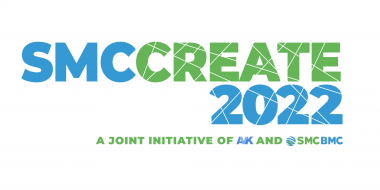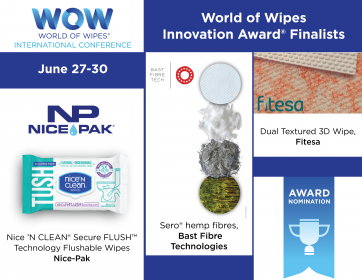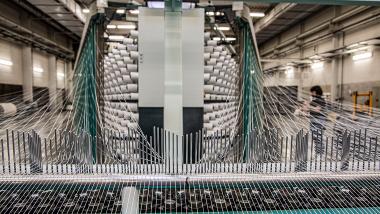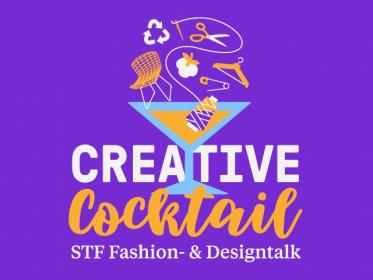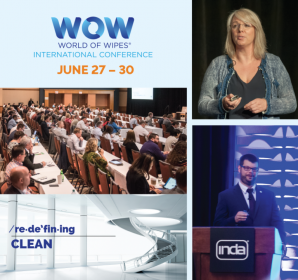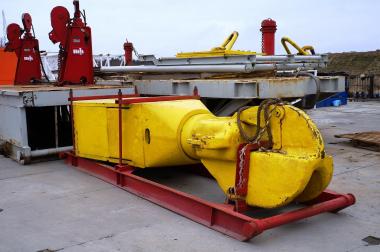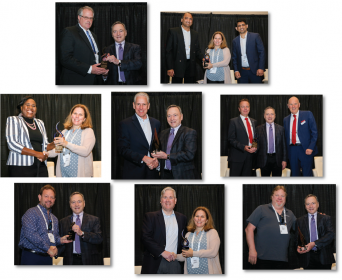EU-Textilstrategie: BTE kämpft für praktikable Lösungen
Ende März 2022 hat die EU-Kommission ihre „Strategie für nachhaltige und kreislauffähige Textilien“ veröffentlicht. Damit hat die EU einen Rahmen und eine „Vision“ für einen nachhaltigen und zirkulär wirtschaftenden Textilsektor vorgegeben. Textilien werden darüber hinaus zu den ersten Produktgruppen der EU Sustainable Products Initiative gehören, die für den gesamten Binnenmarkt eine verbindliche Regulierung vorsieht: Ökodesign-Anforderungen sollen bis 2030 eine bessere Haltbarkeit, Wiederverwendbarkeit, Reparierbarkeit, Faser-zu-Faser-Recyclingfähigkeit und einen höheren vorgeschriebenen Rezyklatfaseranteil sicherstellen sowie das Vorhandensein besorgniserregender Stoffe begrenzen und negative Auswirkungen auf Klima und Umwelt verringern.
Zur Umsetzung der EU-Textilstrategie hatte das für Deutschland federführende Bundesumweltministerium am 31. Mai zu einer ersten Fachveranstaltung in Berlin eingeladen. Neben zahlreichen NGO und Vertretern der Vorstufen hat daran auch der BTE teilgenommen. Die Bundesumweltministerin Steffi Lemke machte in ihrem Eingangsstatement ergänzend zu den vorgezeichneten Ökodesign-Anforderungen deutlich, dass es einen Produktpass für Textilien geben wird und eine gestaffelte Gebühr für die Entsorgung von Textilien eingeführt werden soll. Erfüllen Textilien die künftigen Anforderungen nicht, sollen „schlechte Produkte“ sukzessiv in der EU nicht mehr vertrieben werden dürfen.
Konkret wurde anschließend im Rahmen von Workshops u.a. über Möglichkeiten einer einheitlichen Kennzeichnung für kreislauffähige und langlebige Textilien diskutiert. Dabei wurde dem Bundesumweltministerium durch den BTE und den anwesenden Praktikern aus Handel und Industrie vor Augen geführt, wie komplex die gesamte Thematik ist und manche - vermeintlich einfache - Lösungen kaum praktikabel sind. Gerade seitens der NGO kommen immer wieder Vorstöße, so der Verband, die primär ideologisch geprägt seien und großen wirtschaftlichen Schaden für die Textil- und Modebranche nach sich ziehen würden.
Der BTE begrüßt daher ausdrücklich den Ansatz des Bundesumweltministerium, in Workshops nach praktikablen Lösungen für die Branche zu suchen und wird sich in den nachfolgenden Veranstaltungen vehement für angemessene Maßnahmen einsetzten. Ziel muss es nach Ansicht des BTE sein, ökonomische und ökologische Belange zu versöhnen und damit auch die Versorgung der Menschen mit bezahlbarer sowie fair und umweltgerecht produzierter Bekleidung sicherzustellen.
BTE Handelsverband Textil Schuhe Lederwaren










